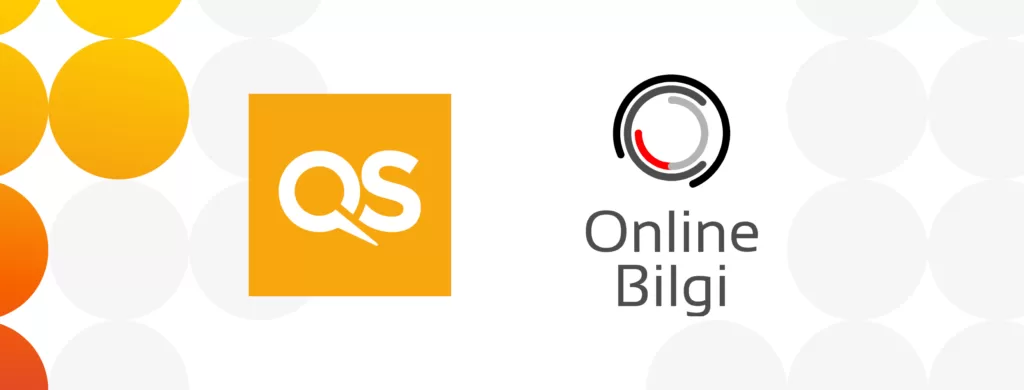
Don’t panic just yet. Despite everything you have heard about Massive Open Online Courses, your university will probably survive the current MOOC frenzy.
A meeting earlier this month at the University of London drew a lively audience of about 150 people to debate the MOOC phenomenon. Run by the University itself, which has been delivering distance learning since 1858, the UK’s Leadership Foundation for Higher Education, and the Observatory on Borderless Higher Education (OBHE), it heard that universities have several reasons for giving away their precious intellectual property online.
The first, as delegates heard from Bill Lawton of OBHE, is that MOOCs are rapidly starting to make money for universities. This mainly happens when the course is validated for academic credit. The result will probably be a Freemium model, like the one popular in the software industry, in which a cut-down version is free but the full item comes at a cost. There are already plenty of cases of a MOOC forming part of a degree course, and therefore involving payment for exams and marking. For example, the University of Texas MOOC offering, via provider EdX, forms part of its planned $10,000 degree, while there is also academic credit for MOOCs from four German universities via Udacity.
Many MOOCs are offered by big-name US universities that are happy to regard them as taster sessions for their highly-priced courses. However, surveys show that about 80 per cent of people taking them already have a degree, often a higher degree. This suggests that a typical MOOC user might well go on to buy a short course, for interest or for professional development, rather than a full degree.
But from the point of view of the university, the difference between a MOOC and conventional university attendance may well be the data it produces. Because the student’s every keystroke is recorded and analysed, it is possible to track student progress, find out where material is too simple or too complex, and see what sort of learning works best for which student. MOOC providers routinely use keystroke patterns to determine whether students are taking their exams or have brought in a substitute to provide the answers. MOOC entrepreneurs are already selling this data, which universities need to improve their provision.
Edwin Eisendrath of Huron Consulting Group in Chicago told the conference that the ability to analyse student learning as it is happening opens up fascinating possibilities for university management. At the moment, we accept that it is possible to measure research outputs, which are the principal driver of academic promotion. But in future, it might be possible to quantify teaching success, which could also be used in promotion decisions.
Tim Gore, director of global networks and communities at the University of London, told the conference that MOOCs need to be seen in context. Their interactive format suits Generation Y, whose members are more serious about peer approval than about praise from their elders. They have also arrived at a time of growing scepticism over the cost of conventional university study.
In future, MOOCs are also likely to be used as a test-bed for teaching innovation, for example by building in games as a serious teaching tool and by incorporating automated cues for students to complete projects. Diana Laurillard of the University of London’s Institute of Education said that they might well contain tested elements common to a range of subjects rather than being assembled on a craft basis like today’s university courses. But this still suggests that MOOCs are going to become a new form of short course, often with an emphasis on professional development, not a direct rival to full-scale university provision.



